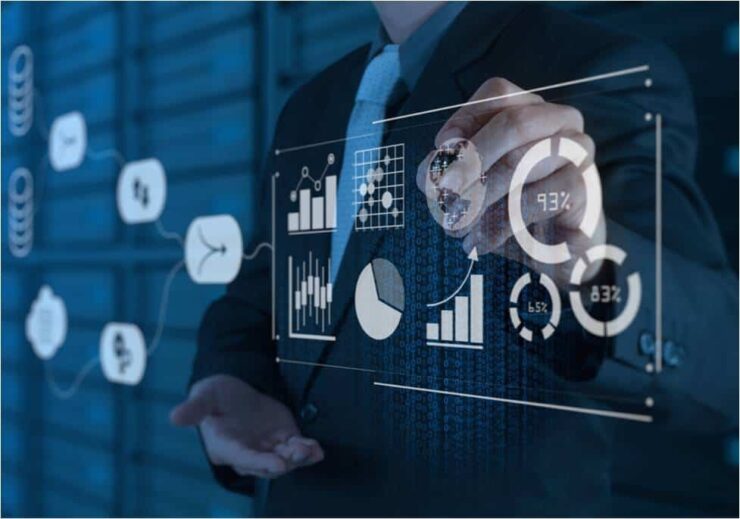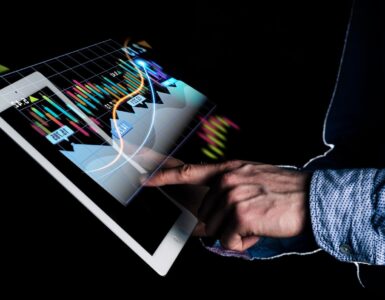In a competitive age saturated with information, where customers hardly show loyalty to brands and look for the most suitable offers, both in terms of price and supply, businesses are required to find solutions that will not only refine work processes but also tighten communication with the customer and offer him the right and correct offer.
For its needs at the right time, in the right location, while creating a shell that supports sales processes. To this end, they choose to adopt new technologies, which will help monitor the vast information that floods and encompasses the organization and presents it to the most appropriate professional, at the right place and time. BI tools are particularly successful, simplify processes, make it easier to locate professional information, upgrade the decision-making system in the administrative spine and are easy to adopt by both old and new users.
So what is BI?
The Business Intelligence Software is built on a powerful engine, which draws information from various sources, including internal organizational sources, such as organizational resource management systems and customer relationship management systems and external organizational sources such as branches and stores, portals, websites, sales boards, websites of official bodies and state institutions, networks Social and more. The data collected by the engine from various pre-defined sources is displayed using tables, graphs, charts and visual tools on built-in dashboards.
At this point the user can interrogate the information stored in two ways – by choosing between queries built into the system or by freely exploring the data by asking general questions and clicking on objects on the screen. The user can export the data displayed before him to tables, graphs, Excel files, Power point files and use it to support the professional decision-making process. At the same time, the main power of the Business Intelligence and Analysis is reflected in the fact that the information displayed to the system users is also the latest information, which is also updated in real time. This information can be connected to any device with an Internet connection using a personal password. Organizations use this information to refine and streamline professional processes and improve their business performance.
Big Data and BI: What’s the connection?
Growing organizations and large organizations in general are required to deal with large amounts of information, this information only intensifies and may on the one hand “burden” the business and slow down the loading of information in systems and on the other hand “miss” and not be taken into account in the decision-making process. This is the main reason, that BI systems are characterized by a built-in mechanism, designed to handle data both at the level of raw collection and at the level of summarizing the data and presenting it in reports.
The new and advanced BI systems have the built-in ability to handle the vast amounts of information compared to traditional BI systems, which require the preparation and reconstruction of queries to display the appropriate information, enabling the identification of data connections and hidden patterns between those connections. It is also in fact the key difference that makes the BI tool a substantial and reliable management tool, which meets current and dynamic business needs. The collection of information by the advanced BI tools is based on a product called BIG DATA and profit among software companies.




























